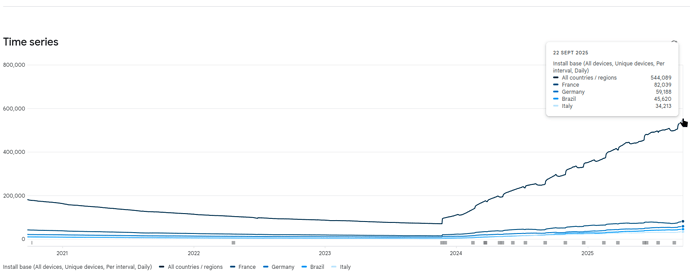Hello Andreas,
Thank you!
could programming Android and iOS app using Kotlin instead of (or next to) Java and Swift?
The development path written in the proposal is based on the current implementation of Android Viewer, which is a classic approach to create native Android applications using Java programming language. The source code can be found in android/ folder, and the suggestion is to continue this path, and add more editing capabilities within the same software architecture and using the same programming language, Java.
On the other hand, I know that mixing Kotlin and Java in an Android project is possible, although I haven’t tried this approach:
Also for iOS, it seems that mixing Kotlin and Swift/Objective-C is possible, but I haven’t tried it:
In other words, the suggested approach in the proposal is based on the existing applications and proof of concepts. I think the best would be to try Kotlin and create a proof of concept first. If it can be used on both Android and iOS to minimize code duplication, then it may be useful in practice.

